Are You A Victim of the “Overchoice Effect”?
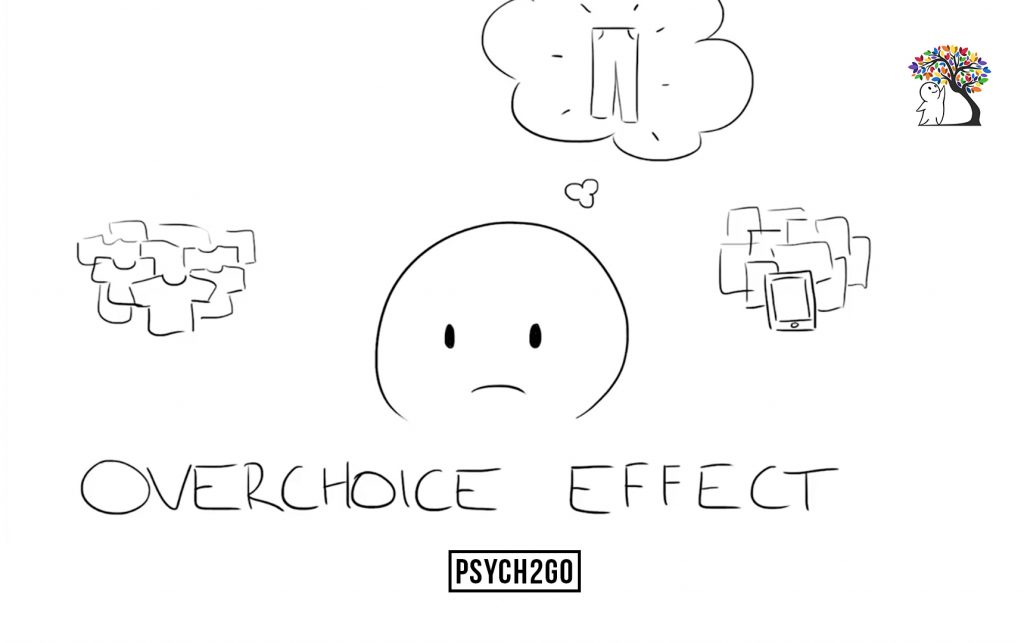
From clothes to phones, to retirement plans, people today have an incredible amount of options to choose from! This must be a good thing, right? The more options there are, the easier it should be to find our perfect phone, jeans, or whatever else! Well, studies have shown that having too many choices can actually have pretty negative consequences.
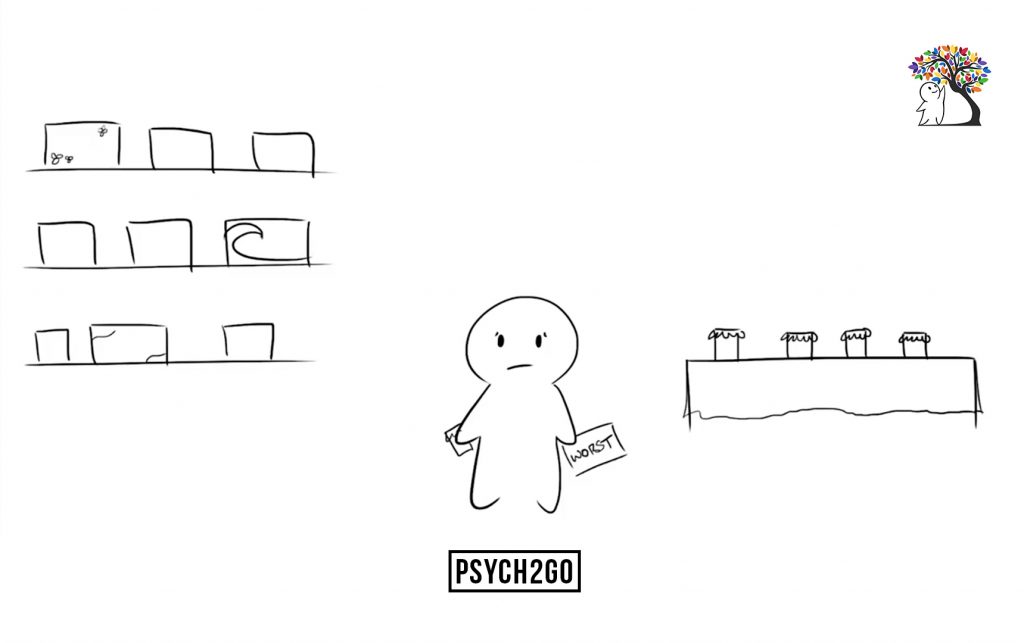
The Overchoice Effect
Unfortunately, studies have shown that having too many choices can actually have pretty negative consequences. This is called the “overchoice effect.” In 1974, the American Marketing Association published an article first demonstrating this effect. At Perdue University, researchers Jacoby, Speller, and Kohn had subjects choose between a variety of laundry detergents. In the end, they found that when they presented subjects with more types of laundry detergent and more information about the detergent, subjects ended up choosing worse products!
In 2000, an article published in the Journal of Personality and Social Psychology showed a similar study. Researchers Iyengar and Lepper provided subjects with a variety of jams. They discovered that while more choices seemed appealing, customers were actually less likely to buy something the more options there were, and those that did buy something were less satisfied with their choice.
Our capitalist society isn’t looking too hot now, is it? For some reason, when people have more options, they make worse decisions and feel dissatisfied with their choices. According to psychologist Barry Schwartz, the reason people feel worse when they have more options is that they are trying to pick the best option. Furthermore, people will always feel like they could have chosen something better.
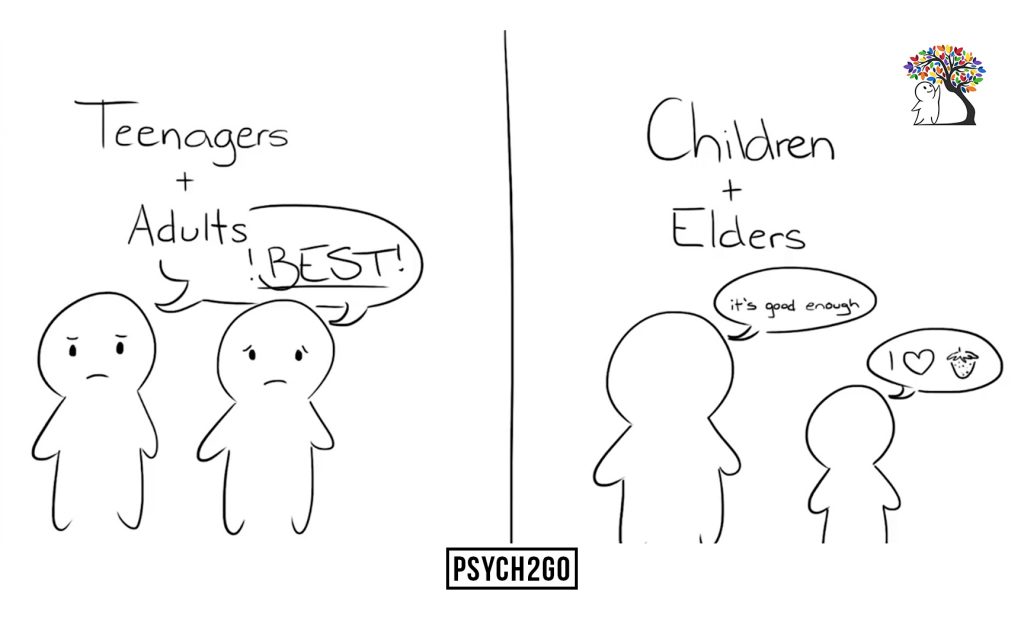
Avoiding the Overchoice Effect
Fortunately, the overchoice effect can be avoided! In 2010, the Journal of Consumer Research published a “meta-analysis” or overview of the research on this topic. The article found that the overchoice effect can be reduced by other variables, like time. For example, subjects who have more time to evaluate their choices don’t experience dissatisfaction after making their choices.
The Journal of Cognitive Psychology published an article furthering this research in 2016! Researchers Misuraca, Teuscher, and Faraci realized that most of the research on the overchoice effect only looked at adults, not other age groups. So, they ran a study that looked at how the overchoice effect worked on children, teenagers, adults, and elders.
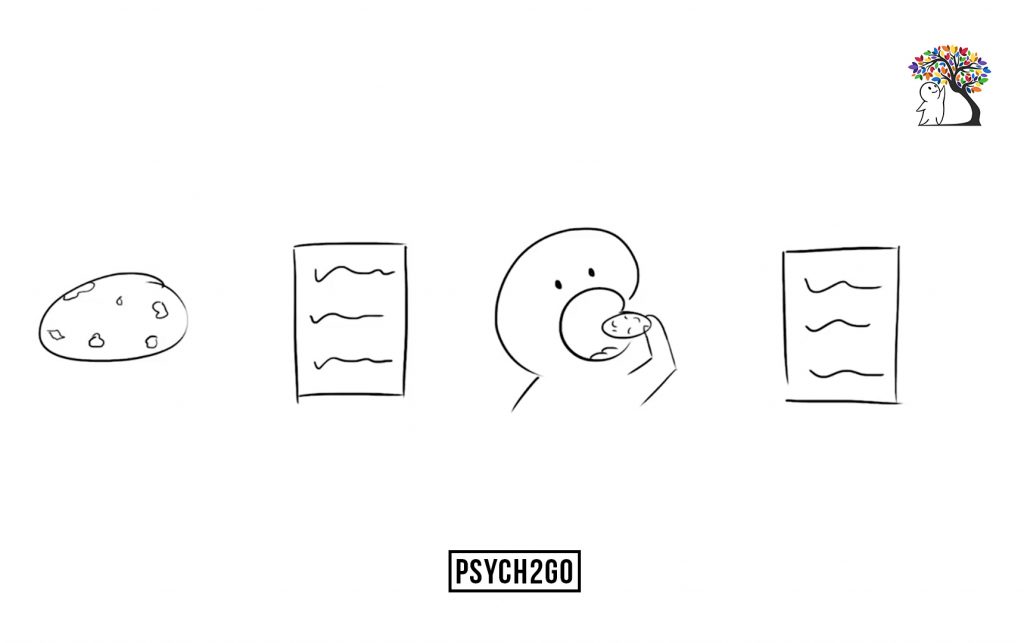
The Cookie Study
At a restaurant in Italy, researchers set up different arrangements of cookies: a small display (with fewer choices) and a large display (with more choices). They randomly asked restaurant goers if they would like to participate. After picking their subjects, they had them randomly assigned to the small display or the large display and had them choose the cookie, take a survey about how they felt about their choice, and then eat the cookie, then take another survey about how satisfied they felt.
The study found that while teenagers and adults both experienced the negative feelings associated with the overchoice effect, children and elders did not! The researchers concluded that this was probably because of their different approaches to making their decisions.
Children usually have very strong opinions about their preferences and know exactly what they like. Elders tend to make choices that are “good enough” and not “the best.” Adults and teenagers often try to pick what they think is the best option overall, which is where they become disappointed in the end.
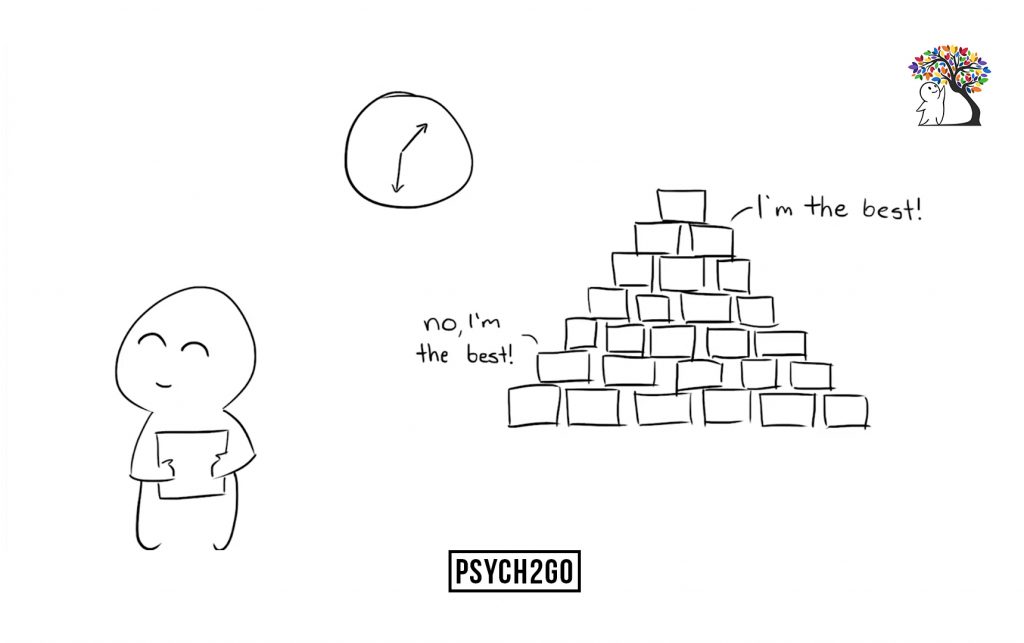
How Do You Choose?
So, are you a victim of the overchoice effect? Do you try to pick the best option and feel unsatisfied when it’s not perfect? If you do, try taking a different approach! It could help your mood to pick what’s “good enough” like elders do, or what appeals most to you individually! In the end, it’s your choice!
Sources:
https://www.ted.com/talks/barry_schwartz_on_the_paradox_of_choice
Edited by Viveca Shearin



Responses